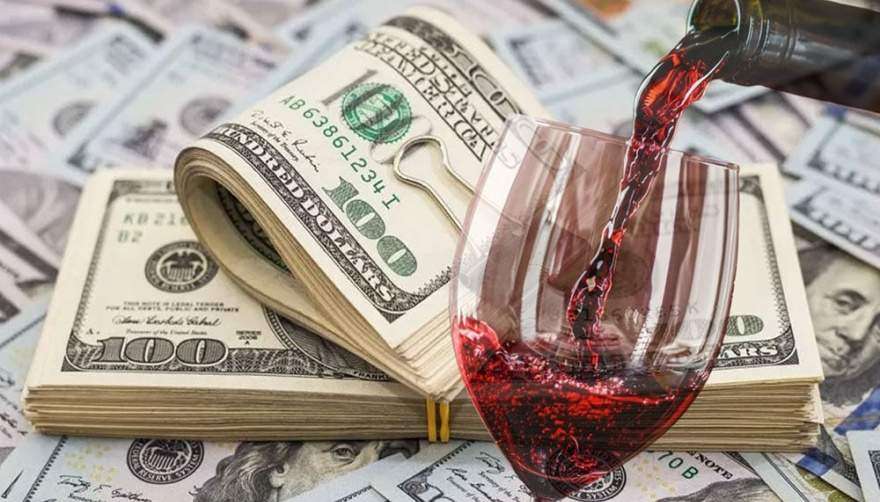New ‘wine dollar’ set to join country’s alphabet soup of parallel exchange rates, confirms Sergio Massa; Measure set to kick in April 1, with value set to be defined in next 20 days. Argentina’s government is drawing up plans to introduce the so-called ‘Dolár Malbec’ – yet another specialist exchange rate, this time aimed at its struggling wine producers.
In a speech in Mendoza on Saturday, Economy Minister Sergio Massa announced that a new parallel exchange rate for the wine industry would be introduced on April 1. It was quickly dubbed the ‘Dolár Malbec’ (after Argentina’s signature grape) or the ‘Dolár Vino.’ Massa did not reveal its value per greenback, but indicated it would function like the other parallel exchange rates introduced by the government for sectors of Argentina’s economy, such as the recent ‘soy dollar’ rate for agricultural producers and the ‘tech dollar’ rate for knowledge economy professionals.
Restrictions on the purchase of foreign currency in Argentina date back almost 100 years and have been imposed intermittently. The most recent system, established by President Alberto Fernández’s government in 2019, currently has an official rate that currently stands at 196 pesos per greenback. But this still isn’t enough to contain the demand for dollars and, in the face of Central Bank shortages, the government has introduced a dozen exchange rates on the legal market aimed at sectors of the economy or specific transactions that require foreign currency.
Wine-makers in Argentina are expecting a dramatically reduced harvest this year, with the latest official estimates forecasting production could drop by at least 20 percent. Massa said Saturday that this latest measure is designed to “recover competitiveness” for “all producers” and ensure that the price of wine does not soar domestically. “I want to leave you with good news,” said the minister as he finished his speech, hinting that additional measures would follow to “recover markets with a programme to strengthen exports.”
“From April 1, we are going to support a [foreign exchange] mechanism for regional economies, starting with the wine industry,” said the minister, who said the value of the rate would be defined in the next 20 days. “Just as we set in motion for the agro-industrial complex, we are going to accompany the wine industry,” he declared.
Weather conditions have seriously affected the industry in recent years, with large declines in grape production between 2021 and 2022, with the decline set to continue this year. Massa, who said that climate change is “punishing” vinters, said Argentina “should be aware of the difficulties facing the sector” and that the industry behind one of its signature exports is struggling.
“The climate is punishing us more and more frequently, it has been taking away spaces to produce, there are almost 10,000 vineyards less in the whole country,” said Massa, who said a 10-billion-peso credit-line would be available to producers who have lost harvests due to bad weather. “This year we expect volume of less than 21 percent compared to last season, which was already scarce. We are also 34 percent below the levels of the last 10 years,” he observed.

